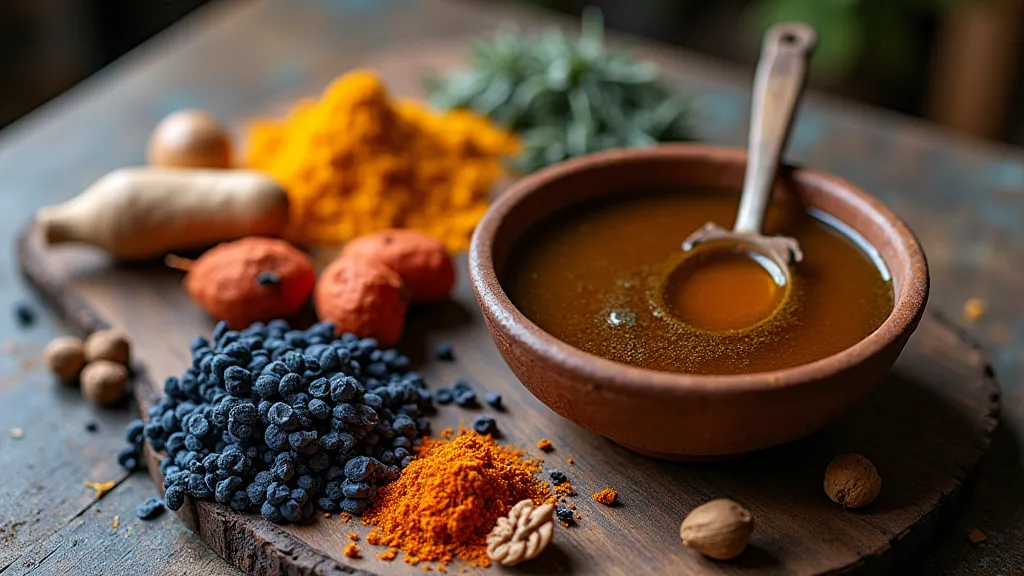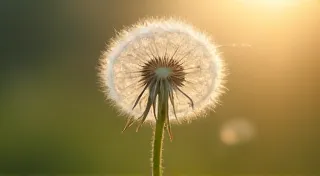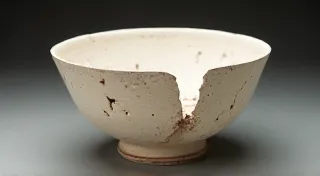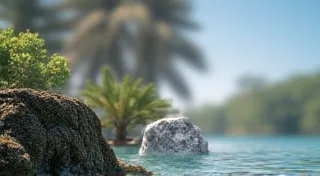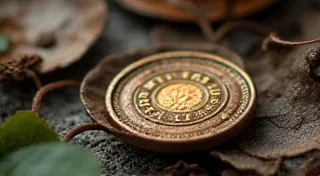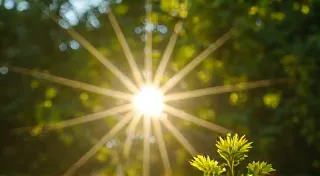When the Dye Whispers: Intuition and Textile Alchemy
There’s a peculiar intimacy that arises when working with natural dyes. It’s more than just a process of transforming fibers; it’s a conversation. A quiet dialogue between the dyer, the plant matter, the water, and the cloth itself. It feels, at times, like the dye itself is whispering secrets, guiding your hand, revealing unexpected hues. This isn’s a purely scientific endeavor, though the science certainly plays a role. It’s an act of textile alchemy, a blending of knowledge, intuition, and a willingness to embrace the unpredictable.
My own journey into traditional dyeing began with a vintage accordion. Not a textile, you might think, but it sparked something profound. The instrument, a beautiful Hohner Monarch from the 1930s, was in a state of disrepair, its bellows cracked and its keys unresponsive. As I painstakingly began its restoration – cleaning, repairing, and slowly coaxing it back to life – I realized the parallels to working with natural dyes. Both were about revealing the beauty hidden beneath layers of neglect, of understanding the materials’ innate properties, and of gently encouraging them to flourish again. The accordion, like a piece of cloth destined for dye, held within it a history, a memory of hands that had played it, of music that had filled rooms. You don’t force an accordion to sing; you listen to it, understand its needs, and coax the melody out. The same applies to natural dyes.
Historically, before the advent of synthetic dyes, textile dyeing was inherently intuitive. Communities relied on what grew around them – plants, roots, barks, berries – and the process was passed down through generations, often orally. Recipes weren't precise formulas; they were guidelines, adapted to the local environment, the quality of the water, and the dyer's own understanding. Think of the indigo dyes of Japan (Aizome), the vibrant reds of madder root used in Europe, or the earthy browns and yellows derived from turmeric and henna in India. These weren't experiments in sterile laboratories; they were ingrained in the fabric of daily life, connected to festivals, rituals, and the very rhythm of the seasons. The careful cultivation and understanding of these resources is an art in itself, as explored in some detail in articles like The Alchemist’s Garden: Cultivating Natural Dyes.
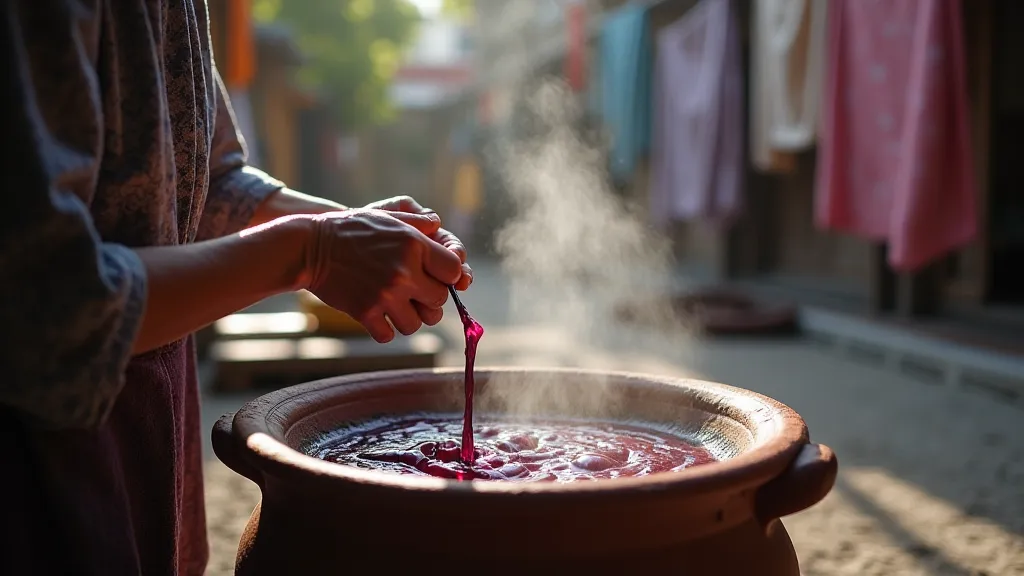
The Dance of Serendipity
One of the most compelling aspects of traditional dyeing is the element of serendipity. Unlike modern dyeing, where consistency is often prioritized, natural dyeing celebrates the unexpected. Variations in plant matter, water pH, and even the weather can influence the final color. A dye bath might yield a soft rose one day and a deep crimson the next. This isn't a failure; it's a testament to the complex interplay of factors at work.
I recall a time when I was attempting to dye a length of linen with walnut hulls. The intention was a gentle grey-brown, a muted earth tone. Instead, the linen emerged with a swirling, almost marbled pattern of deep purple and grey. Initially, I was frustrated. It wasn’t what I had planned. But then, I looked closer. The unexpected pattern was beautiful, captivating. It told a story – a tale of unforeseen reactions, of elements beyond my control. It taught me that sometimes, the most beautiful creations arise from surrendering to the process, allowing the dye to lead the way. This embracing of the unexpected is fundamentally linked to understanding how color arises, and can be a key differentiator between a skilled and novice dyer. Preserving the narrative within aged textiles – and understanding how their color stories evolve – is a fascinating aspect of the craft, as explored in depth in The Unfolding Story: Documentation in Textile Dyes.
Many traditional dyers view these unexpected outcomes not as errors, but as gifts – visual clues left by the materials themselves. Learning to ‘read’ these clues, to understand the underlying chemistry and the influence of external factors, is a lifelong pursuit. Further exploration of the artistic qualities of color and depth can be found in The Painter's Breath: Natural Dyes and the Illusion of Depth.
More Than Just Color: The Craft of Connection
The craft of traditional dyeing isn’t just about achieving a specific color; it’s about forging a connection – to the natural world, to the history of human creativity, and to the very essence of the material being transformed. It demands patience, observation, and a deep respect for the resources being used. It's a slow process, deliberately paced to encourage mindfulness and a heightened awareness of the present moment.
The work itself can be physically demanding – gathering plants, processing them into dye, maintaining dye baths, and meticulously washing and drying the finished textiles. But the rewards are immeasurable. There’s a profound satisfaction in creating something beautiful and enduring from the simplest of materials, knowing that you are participating in a tradition that stretches back centuries. The nuances of specific pigments, like cochineal, demonstrate the complexity and artistry involved – something deeply connected to the broader craft.
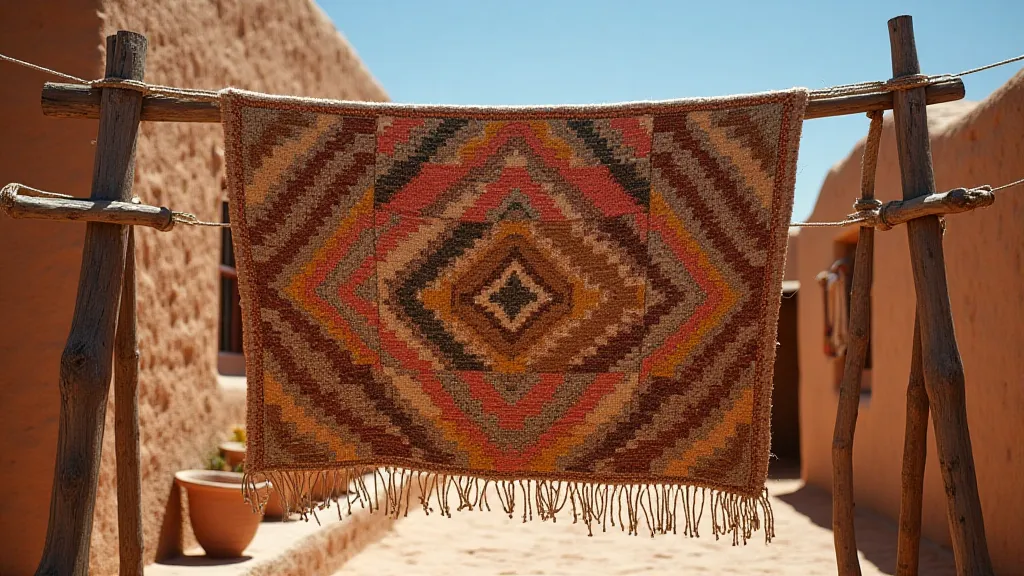
Restoration and Collecting: Respecting the Past
For those interested in antique textiles dyed with natural dyes, there's a fascinating intersection with restoration and collecting. Older textiles often bear the marks of their history – fading, discoloration, even damage from moths or other pests. Restoration can be a delicate process, requiring a deep understanding of the original dyeing techniques and the materials used. Simply applying a modern dye to ‘correct’ the color can damage the fabric and erase its historical significance. It’s a careful dance between preservation and interpretation, requiring a sensitivity to the original intent and the passage of time.
Collectors often seek out textiles that demonstrate the artistry and ingenuity of past generations. A piece with a unique color combination or a particularly intricate pattern can be a valuable treasure. But beyond the monetary value, the true worth lies in the story the textile tells – the history it embodies, the connection it offers to a time when craftsmanship and creativity were deeply intertwined with daily life. The history of a specific dye, such as that derived from cochineal, highlights the global trade routes and cultural exchanges that shaped these beautiful artifacts.
The Science & Philosophy of Natural Color
Beyond the immediate technical aspects, understanding natural dyeing requires appreciating the interwoven elements of chemistry and philosophical connection. The precise molecular structure of a plant compound dictates its potential to bind with fibers and create lasting color. The variations in soil composition, sunlight exposure, and water availability all subtly alter the final result. The “recipe” isn't a rigid formula; it's a conversation – an ongoing exchange of information between the dyer and the material.
This approach necessitates a deep respect for the resources being employed. It means understanding the sustainable harvesting practices, the ecological impact of dye plant cultivation, and the ethical considerations of sourcing materials. Modern dyeing practices, often driven by cost and efficiency, can overlook these crucial factors. Traditional methods, conversely, were intrinsically tied to the health of the local environment. The ongoing search for alternatives to synthetic dyes is a testament to the growing recognition of this connection. It requires a shift in perspective – a move away from a purely transactional relationship with nature and towards a more holistic and symbiotic partnership.
The Whisper Continues
Returning to the metaphor of the accordion, the process of restoring both antique instruments and naturally dyed textiles requires a similar level of intuitive understanding. You’re not just repairing something; you’re awakening it, coaxing it back to life. You're listening to the whisper of the materials, responding to their needs, and honoring their history. The entire endeavor speaks to a profound respect for process and a willingness to relinquish control to the materials themselves.
Traditional dyeing is more than just a craft; it’s a philosophy. It’s a reminder that true beauty often lies in imperfection, that the unexpected can be the most rewarding, and that the most meaningful creations are born from a deep and abiding respect for the natural world and the wisdom of generations past. The dye continues to whisper – are you listening?
